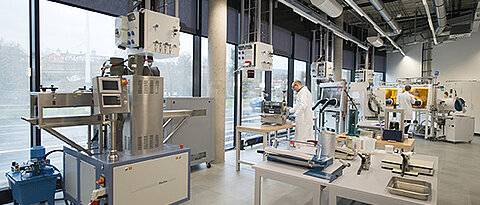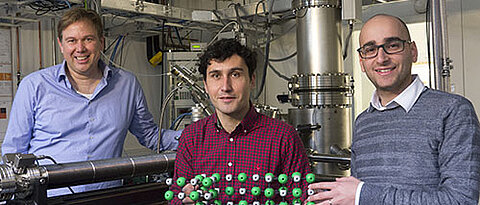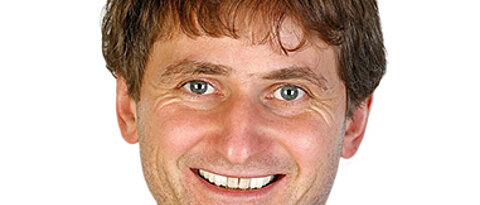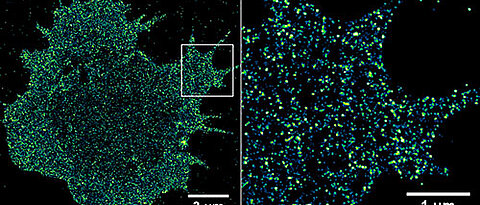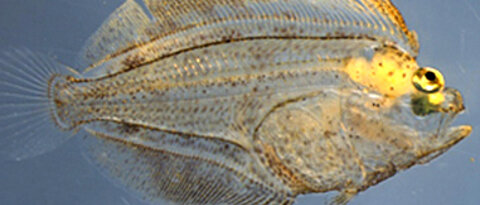Temperature drives biodiversity
12/22/2016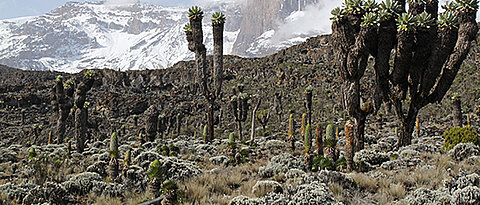
Why is the diversity of animals and plants so unevenly distributed on our planet? Here are new data on this core issue of ecology. They show biodiversity to be driven by temperature.
more

